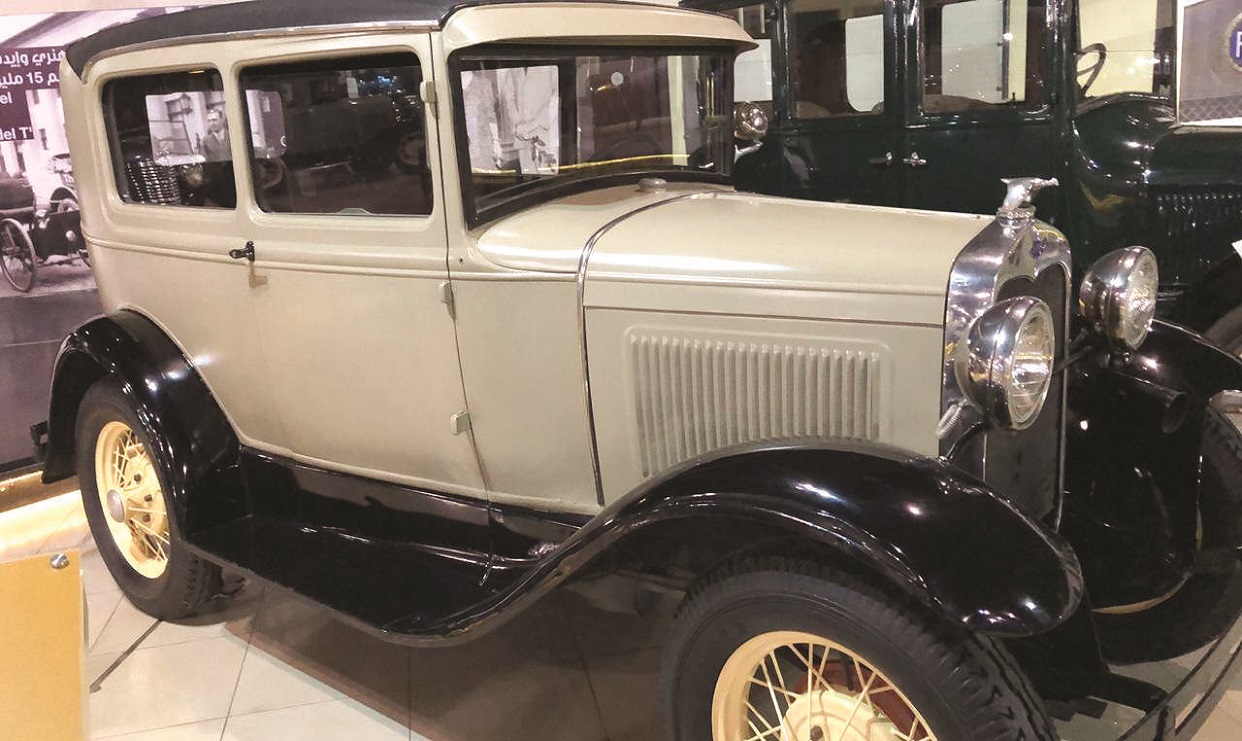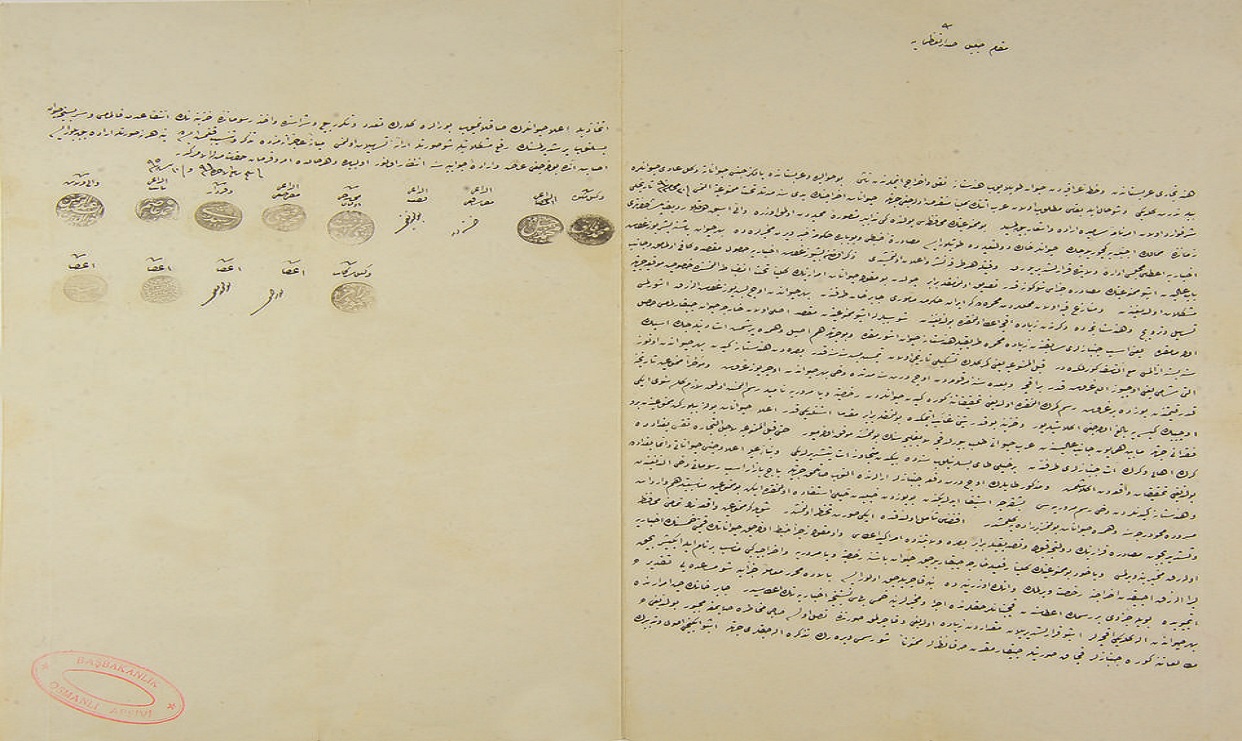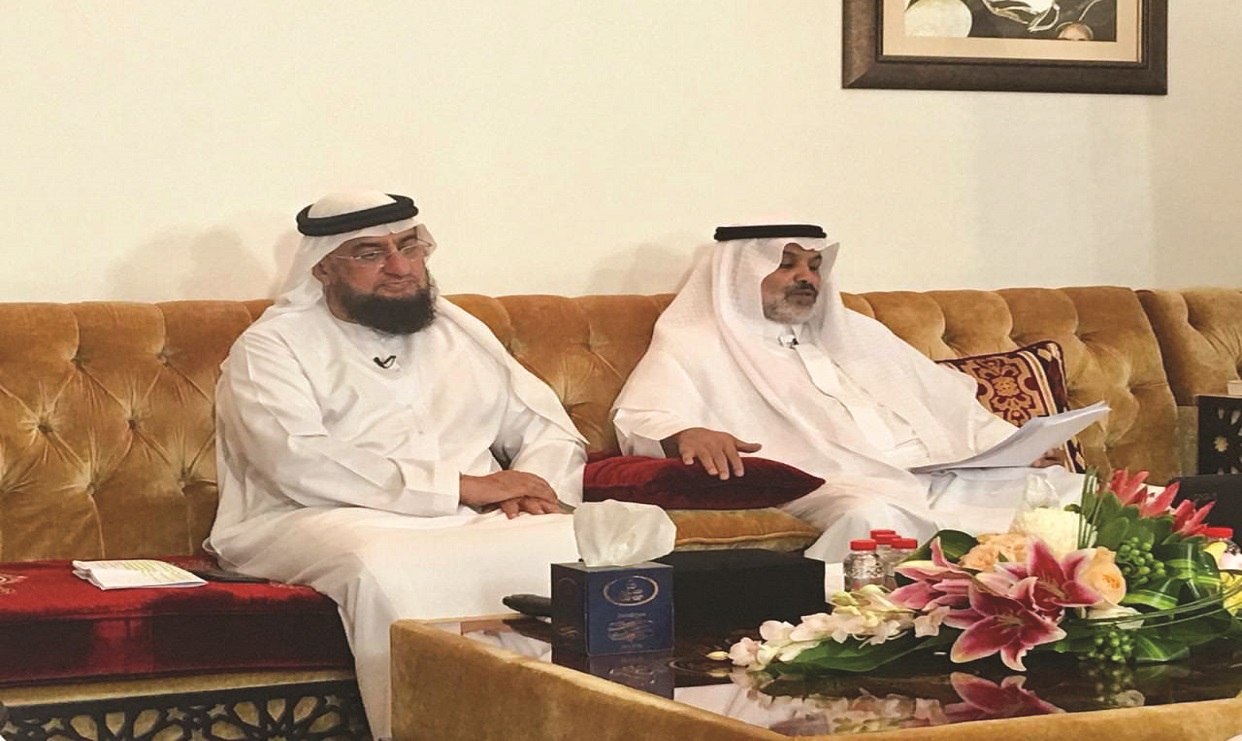1,449 عدد المشاهدات
JAMAL BIN HUWAIREB
In the early 1930s, the first cars arrived in the UAE, as I have learnt from the accounts of the elderly and some of the documents and pictures that were kept by the camera of oil companies at the time. From that time, cars began to take their place in the UAE’s desert and to remarkably increase, especially since the late 1950s until today.
During these past decades, no one has documented, collected or written about this history. It has remained in the memory of people and in some documents and commercial papers here and there, but no one has yet been able to collect everything related to the history of cars, spare parts and equipment in our country. While others in many developed countries have established the most important museums specializing in classic cars.
Moreover, there are very few photographs that document these early stages of the arrival of cars to the UAE, which had no paved streets, traffic signs, police, driving licenses or car agencies except for few traders who brought some used cars from neighboring countries and roamed the arid desert at the time.
There are many leading specialized auto museums around the world. Auto-manufacturing countries take the lead in terms of the importance of collections and keeping documents related to this important industry that has changed our lives forever. I will mention here some of the most important international museums of interest to specialists.
The Henry Ford Museum
Located in the west of Dearborn, Michigan, United States, this museum was opened in 1929, during the life of its founder the American industrialist Henry Ford (1863 – 1947). The museum contains a rare collection of the oldest American-made cars since 1903.
Visitors to this museum can see all types of vehicles produced by Ford factories since the beginning of car manufacturing era. This unmatched museum worldwide, is famous for hosting the horse-drawn carriage used by the 26th president of the United States, Theodore Roosevelt, preferred real horses to horsepower. The museum also has the Lincoln Continental that President John F. Kennedy was riding in when he was assassinated, in addition to President Richard M. Nixon’s car.
The Ford Museum houses the first post office truck supplied to the US Postal Administration in 1906 and the first fire truck introduced in 1924 to the Fire Department in red color.
The Ford Museum did not forget to keep the history of struggle movements in America. For example it keeps the bus, which witnessed one of the most important incidents in the black American struggle, and fueled the civil rights movements after Rosa Parks, an African-American woman, was arrested for refusing to surrender her seat to a white person in Montgomery in 1955. The talk about the Ford Museum goes on and on, and this foreword is not enough to indicate the importance of car museums in people’s lives.
The British Motor Museum
Situated in the small village of Gaydon, Warwickshire, in the UK, the British Motor Museum is home to the world’s largest collection of historic British Cars; it boasts nearly 300 cars in its collection. The Museum building is a spectacular piece of architecture with an art deco design.
In 1975 ‘Leyland Historic Vehicles’ was set up to bring the collections together. The core collection began to attract all sorts of other material and an associated archive collection began to accumulate. By 1983 the collections had grown to the point where it was decided to establish the British Motor Industry Heritage Trust to safeguard them.
The British Motor Industry Heritage Trust owns collections which record the history of motor car manufacture in Britain. This includes a wide range of historical items which help describe the long and varied history of the motor industry, since its early beginnings more than one hundred years ago. Every item that it collects has been made by or is connected to British motor manufacturers.
The Archive now encompasses thousands of business and sales documents, more than a million images and miles of moving film, all of which chart the course of the British motor industry from the 1880s up to present day.
In conclusion, I would like to thank all those who contributed to the establishment of museums in the UAE, such as Sharjah Classic Cars Museum, Abu Dhabi and Al Ain Museums, as well as young people who keep many of these classic cars in their own stores. However, in light of the lack of recording and the urgent need to document our history, I call on our wise government to build a world-class auto museum with all the pictures and documents of cars since its arrival in to the UAE.





